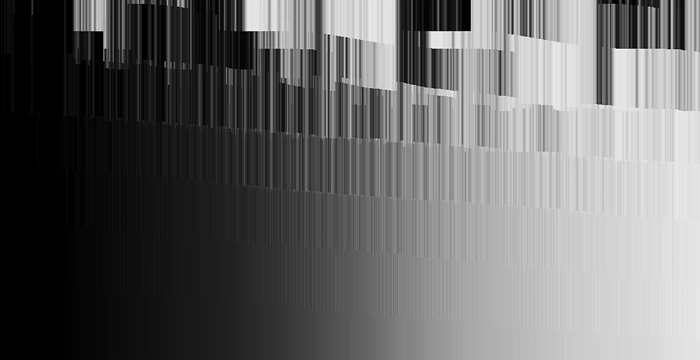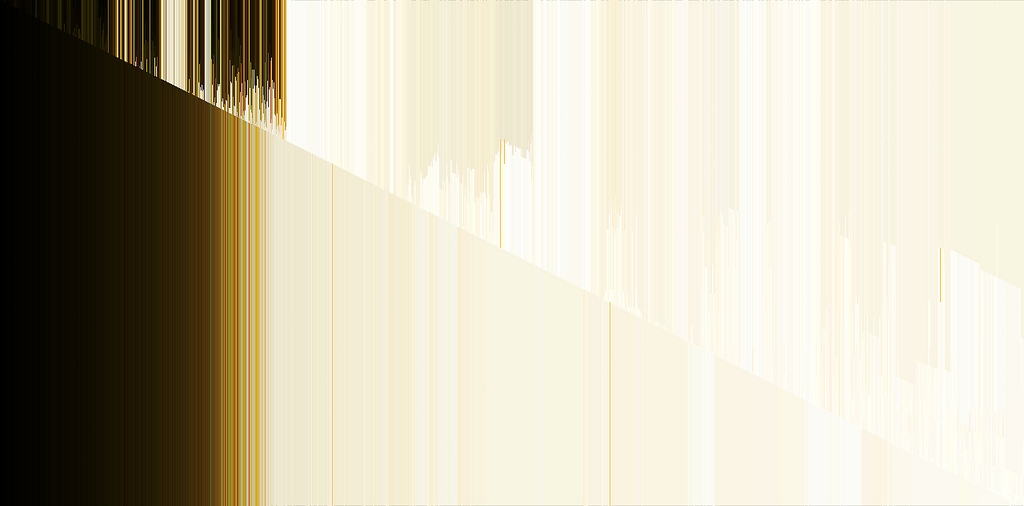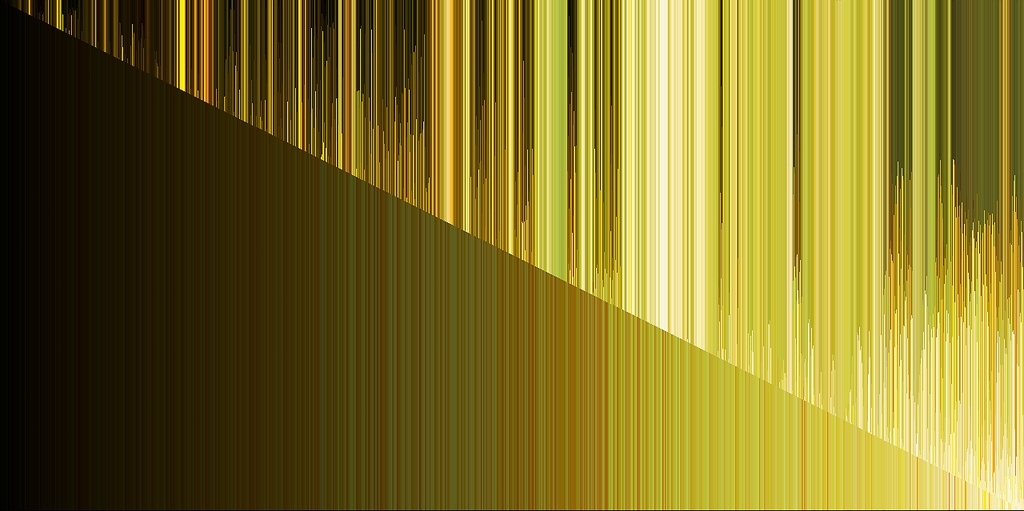There are plenty sorting algorithms out there, and each fresh computer scientist has to learn and understand them. They are categorized by how fast they are, or how much memory they use. A sorting algorithm is a strategy to order a random or chaotic set of numbers. Most were invented between 1945 and 1964, in the very early days of computer science.
While a sorting algorithm itself is very technocentric, the possibilities are intriguing in relation to the process of sorting as a narrative. It contains the story of something in disorder becoming meaningful. Finding references in the chaos. Those who sort and organize might be able to guide others.
The process of sorting was investigated as an experiment with different forms of visuals. Each sorting algorithm reveals its particular strategy as a unique pattern. We took a row of pixels of a photograph and sorted the pixels by their color value. Since Processing’s color object is actually a number, they are perfect to be ordered. It worked well with grays, but revealed an unintuitive sorting of the colours. While they are ordered mathematically, one expects the gradients to be different.






